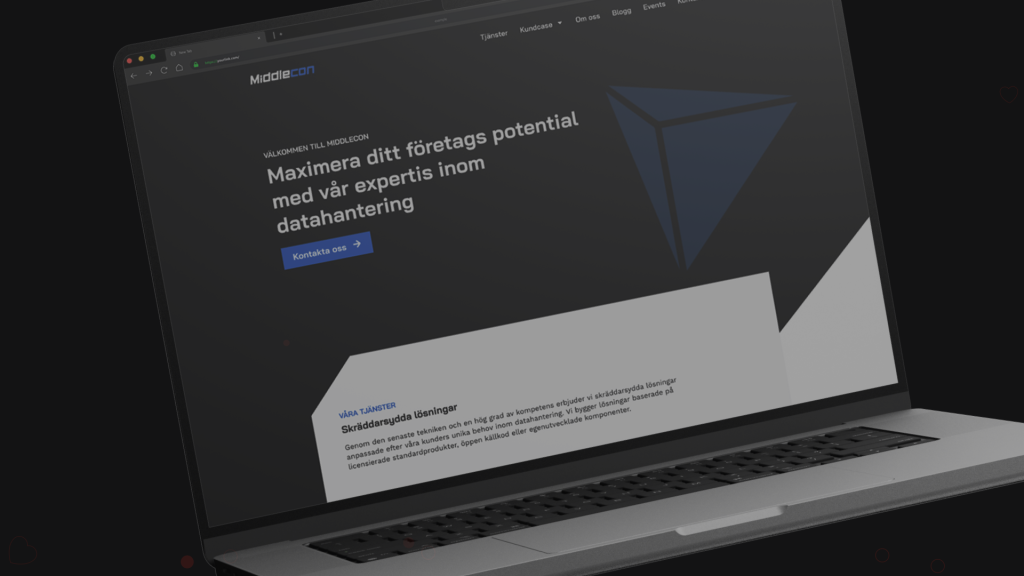Like most of the other team members she needed training and coaching. We decided to put a good mix of both into our work so we did some of it in individual and some in team coaching sessions. Regarding individual coaching sessions we decided to have one per week (or two) in duration of one to two hours. Ana was also managing a few other projects that were not particularly active so she had enough time and capacity to tackle the new role.
Motivation
I was motivated by an opportunity to open the world of agile values, principles and practices to one of our project managers, and show that there is a lot of stuff there that makes work more enjoyable, productive and effective. PO role is also quite different compared to PM and I was glad that Ana wanted to step into the role and see for herself what it’s all about.
Ana’s background
Ana has years of experience in managing projects, and doing business analysis on large projects in big organizations. Project manager is still her main role in the company, and being a product owner was a step out of her comfort zone, on a project that thankfully wasn’t under pressure. That enabled us to do training and coaching free of stress and with high quality. We started of very well. Ana wanted to learn as much as possible so we talked about everything. How to manage her backlog, how to work with user stories, how does PO serve the team, and how apply all the principles at ground level. The best discussions were about Product Ownership on large projects with multiple vendors, but we also had very nice chats about seemingly simple things such as Definition of Done. Coaching went nicely, and the team started building itself.
Few sprints later
Few sprints went by and Ana’s projects that were drowsing during the summer slowly became active again. Product Ownership quality started eroding slowly, and things got tight. At first we tried to adapt to her schedule, and we didn’t do bad. But over time Scrum meetings started to surface Ana’s overburden problem and things became unsustainable. Ana understood the situation we were all in, so we decided to sit down and have an open conversation about how we’re going to continue to work. We did what was best for everyone. We agreed to part our ways for Ana’s and teams sake, thanked her for all her effort and started to look for a new PO. We found one quite fast, introduced him to the team and in a few weeks we had a new PO – one of our business analysts. During that period our lead developer took the role, and I helped with getting the new PO up to speed. He choose on his own how he’s going to enter the role, and the team gladly accepted that.
Below the surface
During Ana’s overburden I was in a really difficult situation, with myself. On one hand I saw a person that really wanted to give the team what they need. A person who saw that her young team members are motivated to succeed and need their Product Owner, and wanted to give them what they need. On the other hand, time pauses for no one. Ana was overburdened with other projects and the team didn’t get what they needed. I touched the subject a few times with Ana but when I saw things aren’t getting better I decided that we need an open conversation. Senior developer, Ana and I met, and opened the topic. We said how we see the situation and asked for her opinion. She just confirmed her thoughts with us and stepped out of the role. And although the situation got better for everyone – she got time for more important stuff and we got a PO on which we can lean on – it wasn’t easy for anyone in that moment. Below the level of professionalism there are after all people, and during those last 3 months we got close to a person – not a role.
If I got in the same situation again, would I do anything different?
I’ve asked myself that question quite a few times. During those 3 months Ana learned a lot. Her enthusiasm was high and that made our time together really enjoyable. Few months after we parted our ways she got back to me. She said how valuable the whole experience was for her, in terms of working on a project with one of our international customers. She met new people and their way of work, the PO role, although just for a little while, and saw how Scrum works in real life. She created new and questioned some of her existing beliefs about Scrum, the Scrum Master role, and learned a lot about agile values and how they translate into day to day work. She told me that this really is something new, and gave me very valuable feedback. So, back to my original question – I would probably do the same thing again. There were some really great things that happened.
Course of events like this is not unusual. People in various roles with various backgrounds want to try some of the Scrum roles. What we saw here was an excellent opportunity for a very practical education. We succeeded in that, and the team kept functioning. What I wouldn’t recommend is to change the Product Owner every 3 months, but that’s another blog post. As far as our management is concerned, we talked to them after we resolved the situation with Ana. We got exactly the support we needed from them and that was it. The most important thing for us was to tackle the issue internally, without involving management in what we wanted to be our own decision. In the end it was the most humane way possible and that’s what we always strive for.
Related News




